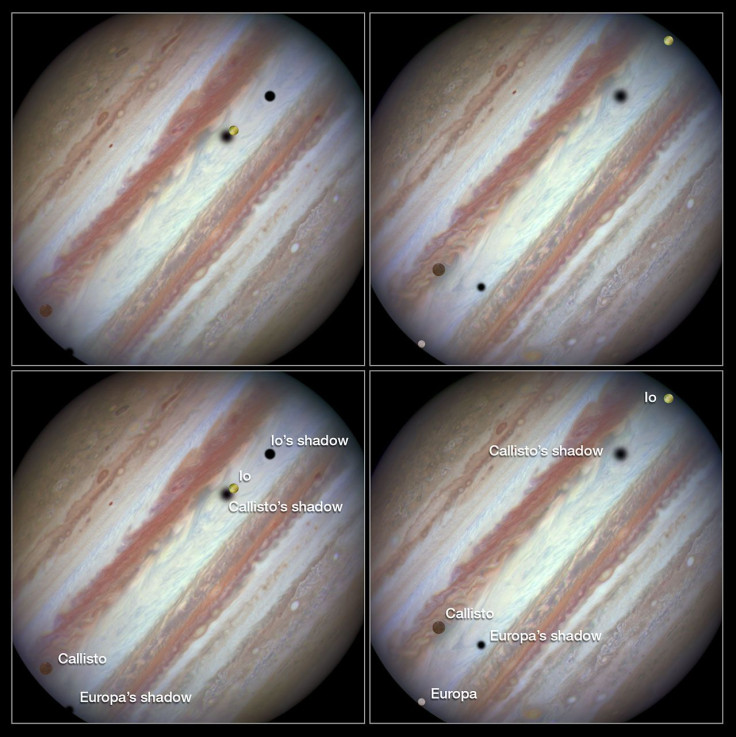Scientists Confirm That Europa Shares characteristics From Saturn's Moon Enceladus
If there's another planet that's suitable for terraforming aside from Mars, there is no doubt that it's Jupiter's moon: Europa.

If there's another planet that's suitable for terraforming aside from Mars, there is no doubt that it's Jupiter's moon: Europa. The planet's natural satellite might be able to support life of some kind, especially with a subsurface ocean that has been observed by scientists in the past years.
Recently, researchers have found evidence that Jupiter's luna shares characteristics from Saturn's moon Enceladus. Like the latter, Europa also shoots geyser-like water vapor from its icy surface.
Last week, the scientific community confirmed that they'd detected water vapor in the natural satellite's atmosphere. The findings from scientists at NASA's Goddard Space Flight Center was published in the journal Nature Astronomy on November 18, 2019.
Like Saturn's moon, Europa has a deep ocean beneath its icy crust. On Enceladus, the water bubbles up to the surface from the region below. Wherein it eventually erupts into space through cracks in the ice as water vapor.
Scientists are, however, skeptical if Europa shares the same characteristics from Saturn's moon. Still, hints of the same activity were already observed on by the Hubble Space Telescope (HST).
NASA scientist, Lucas Paganini believes that essential elements for life to flourish (carbon, hydrogen, oxygen, nitrogen, phosphorus, and sulfur) "are found all over our galaxy." However, liquid water is "somewhat hard to find" beyond our planet and discovering that other extraterrestrial moons have water is exciting news.
Last week's discovery, in the form of water vapor, proves that there is a possibility that Europa could support life. Paganini said that they'd measured about 5,202 pounds (2,360 kilograms) per second while observing it's icy surface.
But unlike Enceladus, which erupts vapor regularly, "Europa's outbursts appear to be infrequent." Paganini added that the presence of water vapor is distinct but faint, only observed once in 17 nights of observations in 2016 and 2017.
The traces of water vapor were detected using a spectrograph at the W. M. Keck Observatory on Mauna Kea in Hawaii. The instrument maps the chemical structure of planetary atmospheres through infrared light they emit or absorb.
However, not all scientists are convinced about the discovery. Phil Plait, a notable American astronomer, said that a plume of water from a geyser is not "confirmed" as he initially believed, but more like "maybe."
At this point, it is safe to say that the observations are not 100 percent conclusive. The light from a plume of water was observed, only lower than initially stated.
There is, however, abundant evidence for Europa's subsurface ocean, which means that there is a possibility that life could flourish in the distant moon.
© Copyright IBTimes 2025. All rights reserved.




















